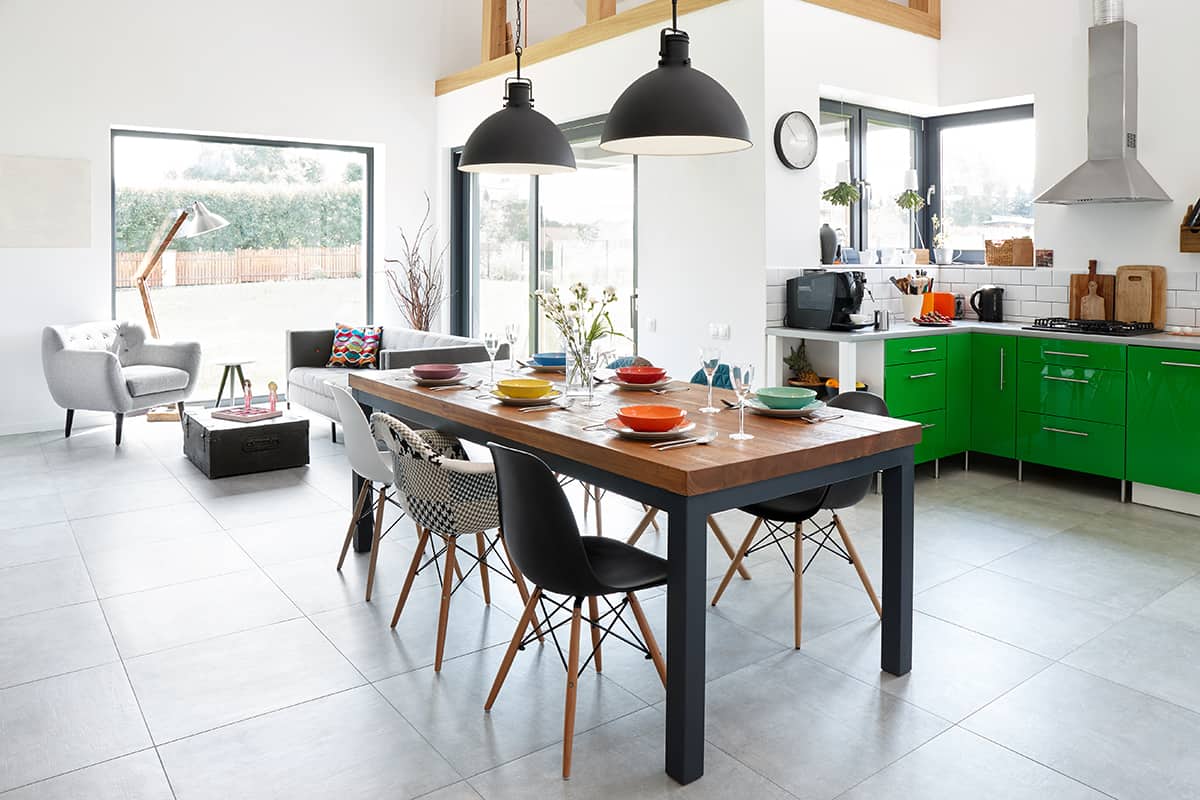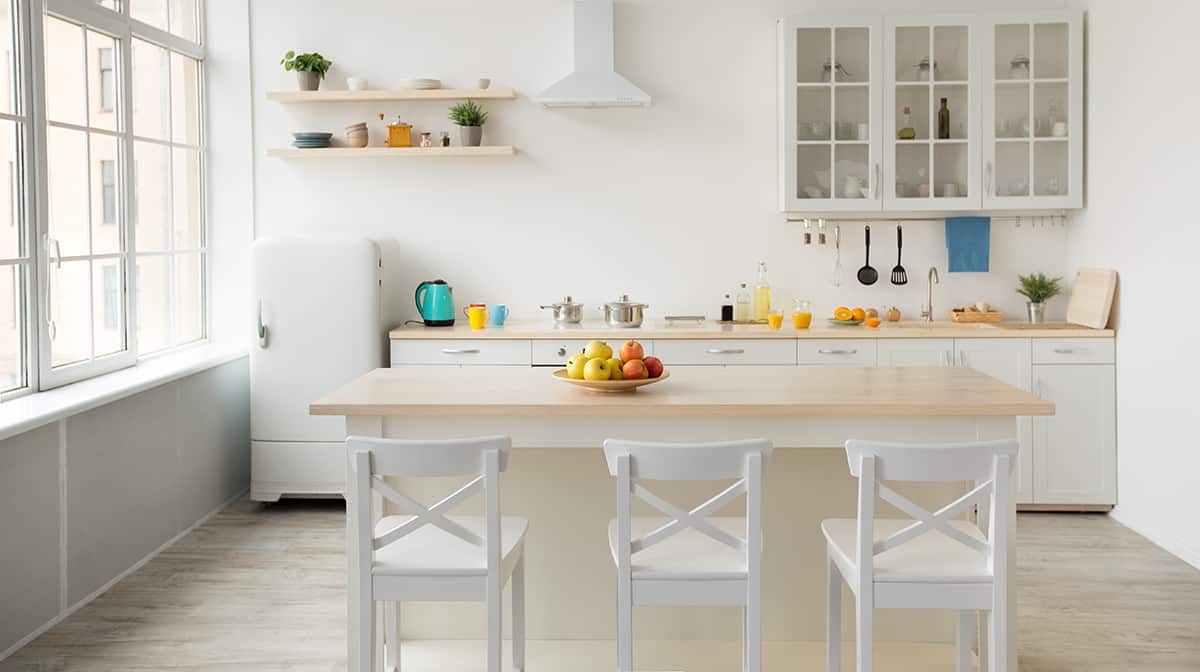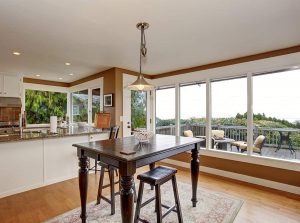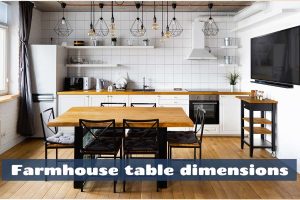A dining table is an essential piece of furniture to have in your home if you like to dine with your partner or as a family. It is also necessary for serving meals at dinner parties or engaging in celebratory feasts.
The size of a dining table is a very important factor to consider when thinking about buying a new dining table. As well as fitting in the allocated space, which could be a dining room or an open-plan kitchen-diner, your dining table will also need to seat the appropriate number of people.
Here we will look at dining table sizes, including the most narrow types of tables for small spaces, and how you can decide which size will meet your needs the best.
Size Considerations
Household Numbers
Your dining table, at the very least, needs to be able to comfortably accommodate all of the people who live in your home.
This means if you live with a partner, then you can get away with a very small dining table if you want to, but this means you will struggle if you decide to invite guests over for dinner. If you have a family of four, then there are many tables available that will seat this amount of people.
Generally speaking, each person should be allowed two feet of width space at the table. This gives them enough room to use their cutlery without banging elbows with the person sitting next to them and enough space to move their chair without the chair legs getting caught.
Two feet is the ideal distance at a dining table which gives each diner their own personal space while still allowing other people to be close enough to hold a conversation with.
For a rectangular table for four, this means the length of the table should be four feet long. In terms of the width of the table, measurements can vary between 36 inches and 44 inches. When you are seated at the table, this will be the distance between you and the person sitting opposite you.
A 36-inch table is the most narrow size you can expect to find, which allows each person 18 inches in front of them. This is adequate for a place setting with a plate and a glass and still leaves some room in the middle of the table for decorations, sauces, or breads.
Most dining tables types aimed at residential use will not have a width measurement of more than 44 inches because this will set people very far apart from each other, which can make for awkward interactions where you can’t hear what the person seated opposite to you is saying.
If you have six people in your family, then you could seat three people along each length of the table. To allow each person the recommended width of 2 feet means you would need a table length of 6 feet.
Guest Numbers
If you regularly have family members or friends over for meals, then you are going to want to think about a larger dining table. It might be that you commonly have your parents over for dinner, in which case you will want to add space for two more seats to the number of people you have in your household.
If you are tight on space, you could seat an extra person at either end of a rectangular table. This means a table designed for four people (with two along each length) could accommodate six people by setting an extra place at each end. Equally, a table for six could seat a table for eight using this method.
However, if you have the available space and budget, it would be best to choose a table designed for eight people, seating four along each length. This table would need to be 8 feet long. In the event of additional guests, you could seat ten people by putting an extra person on each end.
If you host big events at your home with lots of family members, for example, at Thanksgiving or Christmas, then you could consider an extending table. These tables have hidden leaves under the surface of the table, which can be folded out to make an extra-large table when necessary.
Ordinarily, a very large dining table is not required on a permanent basis, so this is a good way to ensure all of your guests are catered for while also not having to live with a giant table in your home.
Room Size
The size of your dining room is largely going to dictate the size of the table you buy. A tiny table would look odd in a vast dining room, and a giant dining table simply isn’t going to fit into a small dining room.
To measure how big your dining table can be, first measure the dimensions of your room, then take off 5 feet from both the length and the width. For example, if your room measures 12 feet in length and 9 feet in width, you would minus five from each number, giving you 7 feet by 4 feet.
This is the approximate measurement that your dining table should be. The reason we minus 5 feet from each measurement is because each person seated at the table should have at least two and a half feet of clearance from the table to the wall. This allows room for each diner to be able to pull their chair out and slide in to take a spot at the table.
Allowing two and a half feet of clearance around each edge of the table results in 5 feet needing to be allowed in either direction.
Your table can be smaller than the result of this calculation to allow more clearance around the edge and space for additional furniture such as a shelving unit or a bar troller; however, be careful not to go too small; otherwise, the table can look out of proportion with the size of the room.







